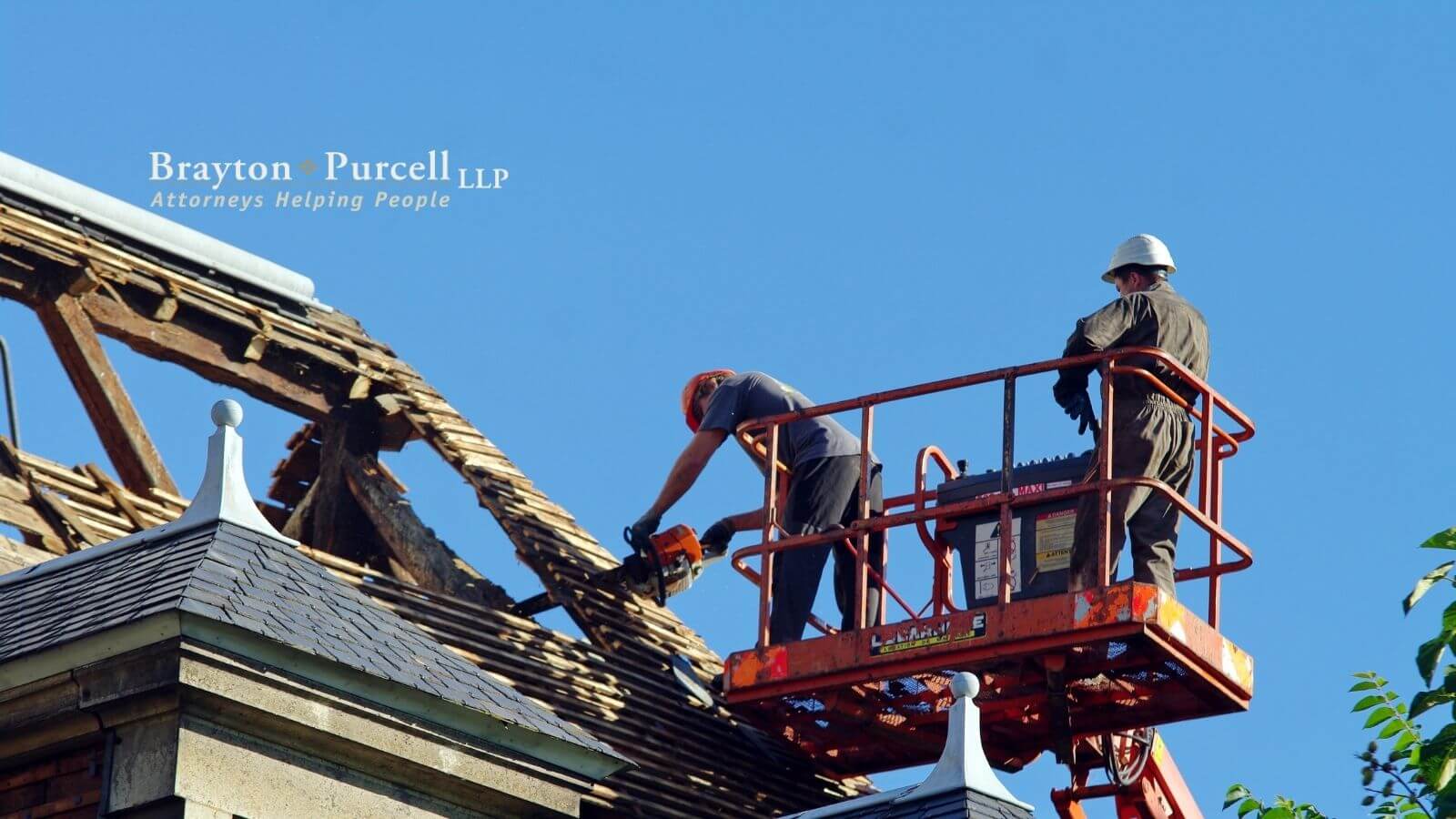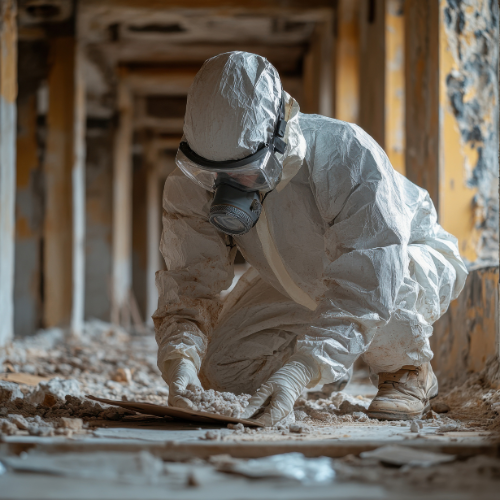Asbestos remains a global concern. Just ask our neighbor to the north. A recent study by a Canadian government group disclosed that asbestos exposure represented the leading cause of workplace deaths in the western province of Saskatchewan last year.
Roughly 30% of all work-related fatalities were attributed to some type of exposure to this hazardous material that is banned in 55 countries. The U.S. and Canada are not on that list. (Canada banned asbestos in 2018, but certain exemptions allow nuclear facilities, the military and chlor-alkali plants to continue to use this hazardous mineral.) The study was done by WorkSafe Saskatchewan is a government alliance that focuses on reducing workplace injuries and fatalities.
Awareness remains crucial
Asbestos remains a silent killer among workers, including those in the construction industry. Many of the materials construction workers deal with daily contain asbestos. Some of those products include drywall, paint, insulation, plaster, roofing materials, floor tiles and cement.
The often-deadly illness surfaces when workers inhale asbestos fibers. However, it takes decades after initial exposure for a person to develop mesothelioma; as much as 10 to 70 years.
Some positive statistics surfaced from the Canadian study, though. The province experienced a 10% drop in injury rates due to asbestos exposure in 2020 compared with the previous year.
Construction workers, contractors and homeowners must be better aware of the dangers of asbestos and how to properly handle materials that contain it while building and renovating. During the COVID-19 pandemic, many homeowners resorted to do-it-yourself building projects that could expose them to asbestos. That is why it is important to test any home material that you suspect contains asbestos before beginning any such project.
Each year in the U.S., an estimated 3,000 people die from mesothelioma. Let us focus on shrinking those numbers.















